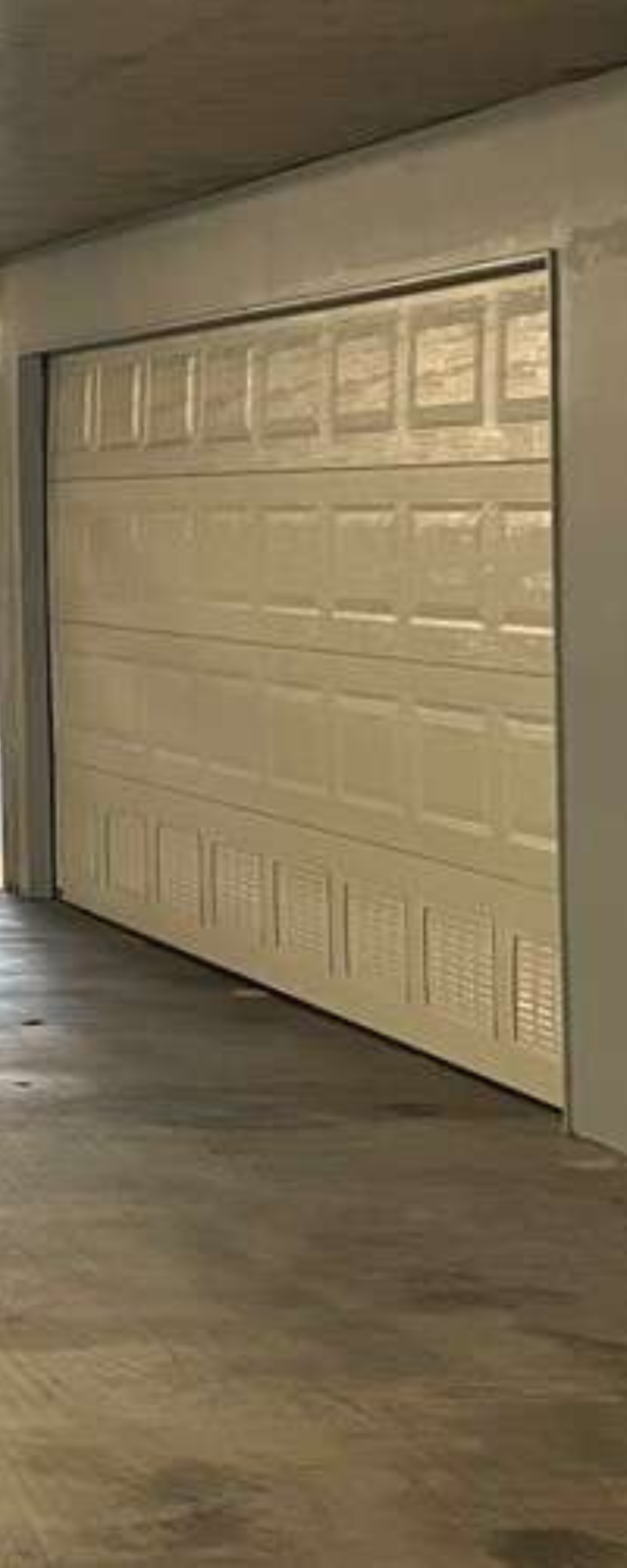Introduction
Garage doors are an essential part of our homes, adding convenience and security to our daily lives. However, when things go wrong with your garage door remote, it can be incredibly frustrating. In this comprehensive guide, we'll delve into the common issues that plague garage door remotes and provide you with practical solutions to get your garage door functioning smoothly again. Whether you're dealing with a malfunctioning garage door opener or considering a garage garage door repairs door replacement, we've got you covered!
Troubleshooting Your Garage Door Remote: Common Issues and Solutions
When your garage door remote stops working, it can feel like you're locked out of your own house – literally! This section will outline the most common problems that can arise with your garage door remote and offer effective solutions.
1. Dead Batteries in Your Garage Door Remote
One of the simplest yet most overlooked issues is dead batteries. If your remote isn't functioning at all, this could be the culprit.
- Solution: Replace the batteries in your remote and test it again. Most remotes use common battery sizes like AA or AAA.
2. Misalignment Between Remote and Receiver
Sometimes, the problem lies not within the remote but rather in the signal being sent from the remote to the receiver.
- Solution: Ensure there's no obstruction between the remote and the receiver on your garage door opener. Adjust the angle if necessary.
3. Blocked Signal Interference
Signal interference can occur due to various electronic devices operating on similar frequencies.
- Solution: Move any nearby electronic devices that might be causing interference or try using your remote from a different location.
4. Malfunctioning Garage Door Opener
If replacing batteries or adjusting angles doesn’t resolve the issue, there may be a problem with your garage door opener itself.
- Solution: Check whether other remotes or wall switches work. If not, consider contacting a professional for garage door repair.
5. Outdated or Incorrect Programming
If you’ve recently changed batteries or made adjustments to your system, it's possible that programming has been affected.
- Solution: Reprogram the remote following the manufacturer's instructions carefully.
6. Physical Damage to Remote
Cracks, water damage, or other physical issues could prevent proper functioning of your remote.
- Solution: Inspect for visible signs of damage; if found, replace the unit entirely as repairs may not be cost-effective.
Understanding Garage Door Technology
To effectively troubleshoot issues with your garage door remote, it helps to understand how these systems work together.
1. The Role of Garage Door Openers
Garage door openers serve as receivers for signals sent by remotes. They come in various types such as chain-driven, belt-driven, and screw-driven systems.
2. Frequency Settings
Most modern remotes operate on 300 MHz frequency bands; however, some older models may use different frequencies which can lead to compatibility issues if replaced without matching settings.
3. Importance of Programming
Programming allows for secure communication between your remote and opener—ensuring only authorized users have access.
Common Problems Associated With Garage Doors
Beyond just remotes failing to function correctly, here are some broader problems associated with garage doors that might require more extensive repairs or replacements:
1. Noisy Operation During Opening/Closing
A noisy garage door can indicate several underlying issues from worn-out components to lack of lubrication in moving parts.
- Consider routine maintenance services for lubrication and inspections!
2. Uneven Movement
An unevenly moving garage door may indicate misaligned tracks or worn-out rollers needing adjustments or replacements during routine garage door service visits.
Steps for Effective Troubleshooting
Now let’s dive into some detailed steps you can take when troubleshooting issues related specifically to your garage door remote:
1. Initial Assessment
Begin by examining any visible signs of damage; check if other opening mechanisms (e.g., wall-mounted buttons) work successfully too!
2. Battery Replacement
As we mentioned before—start simple! Always replace old batteries first before jumping into technical fixes!
3. Inspection of Wiring Connections
For those familiar with tools—check wiring connections between power supply & opener unit; ensure they’re intact without rust/corrosion!
FAQ Section
1. What should I do if my garage door remote still does not work after changing batteries?
If changing batteries does not resolve the issue, try reprogramming your remote according to manufacturer instructions or consider checking for signal interference from other devices nearby.
2. Can I replace my old garage door opener myself?
Yes! Many homeowners choose DIY installation for new openers today; however always follow safety protocols & reference manuals thoroughly before starting any installation process yourself!

3. How often should I perform maintenance on my garage doors?
Ideally conduct basic maintenance checks every 6 months along with professional servicing annually for optimal performance longevity!
4. What causes my garage doors to open unexpectedly?
Unexpected openings usually stem from faulty wiring connections within circuits leading back towards control panels requiring immediate inspection & potential repair services!
5. Is it worth investing in a smart garage door opener?
Absolutely! Smart openers add convenience through smartphone integration while enhancing security features allowing users better control over accessibility remotely!
Conclusion
In conclusion, troubleshooting your garage door remote doesn’t need to be an overwhelming task; often simple fixes like battery replacements can resolve many problems quickly! Understanding how these systems work together will empower you as a homeowner—and knowing when it’s time to call professionals for thorough inspections ensures lasting functionality while keeping safety at forefront priorities https://impactdoors.blogspot.com/ throughout ownership experience! Don’t hesitate—be proactive about regular maintenance services today so you won’t find yourself locked out tomorrow!
By addressing common issues promptly through effective troubleshooting techniques outlined above alongside regular preventative care measures taken upon installed hardware—your entire setup remains reliable providing peace-of-mind whenever leaving home ensuring secure closure behind every turn!